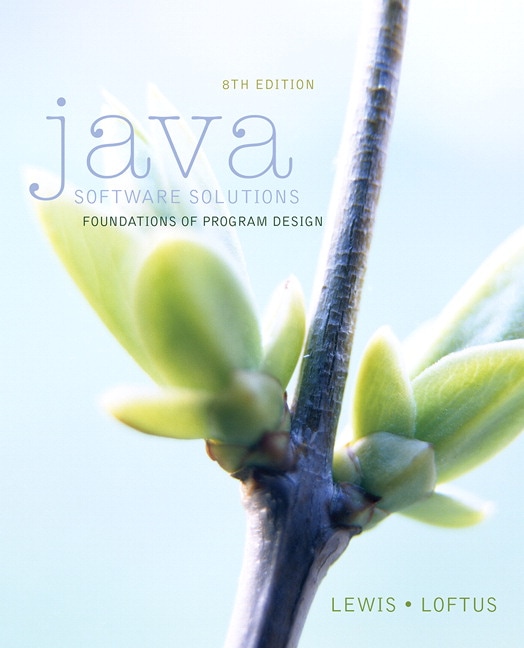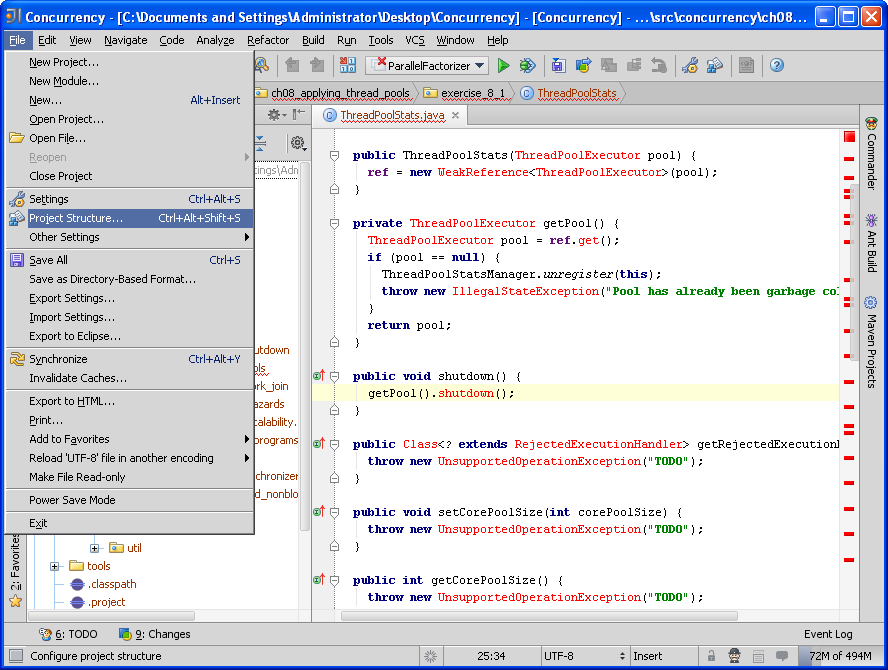Building Java Programs 3rd Edition Exercise Solutions
Access Building Java Programs 3rd Edition solutions now. Our solutions are written by Chegg experts so you can be assured of the highest quality!
- Building Java Programs Solutions Manual
- Building Java Programs Exercise Answers
- Building Java Programs 3rd Edition Torrent
- Building Java Programs, 3rd Edition Self-Check Solutions NOTE: Answers to self-check problems are posted publicly on our web site and are accessible to students.
- Download and Read Building Java Programs 3rd Edition Exercise Solutions Building Java Programs 3rd Edition Exercise Solutions Interestingly, building java programs.

Programming Exercises for Chapter 3 This page contains several exercises for Chapter 3 in. For each exercise, a link to a possible solution is provided. Each solution includes a discussion of how a programmer might approach the problem and interesting points raised by the problem or its solution, as well as complete source code of the solution. Exercise 3.1: How many times do you have to roll a pair of dice before they come up snake eyes? You could do the experiment by rolling the dice by hand. Write a computer program that simulates the experiment. The program should report the number of rolls that it makes before the dice come up snake eyes.
(Note: 'Snake eyes' means that both dice show a value of 1.) explained how to simulate rolling a pair of dice. Exercise 3.2: Which integer between 1 and 10000 has the largest number of divisors, and how many divisors does it have? Write a program to find the answers and print out the results. It is possible that several integers in this range have the same, maximum number of divisors. Your program only has to print out one of them. An example in discussed divisors. Download free flash template interactive design.

The source code for that example is. You might need some hints about how to find a maximum value. The basic idea is to go through all the integers, keeping track of the largest number of divisors that you've seen so far.

Also, keep track of the integer that had that number of divisors. Exercise 3.3: Write a program that will evaluate simple expressions such as 17 + 3 and 3.14159.
4.7. The expressions are to be typed in by the user.
The input always consists of a number, followed by an operator, followed by another number. The operators that are allowed are +, -,., and /.
You can read the numbers with TextIO.getDouble and the operator with TextIO.getChar. Your program should read an expression, print its value, read another expression, print its value, and so on. The program should end when the user enters 0 as the first number on the line. Exercise 3.4: Write a program that reads one line of input text and breaks it up into words.
The words should be output one per line. A word is defined to be a sequence of letters. Any characters in the input that are not letters should be discarded. For example, if the user inputs the line He said, 'That's not a good idea.' Then the output of the program should be He said That s not a good idea An improved version of the program would list 'that's' as a single word. An apostrophe can be considered to be part of a word if there is a letter on each side of the apostrophe.
Building Java Programs Solutions Manual
To test whether a character is a letter, you might use (ch = 'a' && ch = 'A' && ch N) oscillationFrameNumber = (2.N) - oscillationFrameNumber; Here is a screen shot from my version of the program. I use six squares. The top three do cyclic motion at various speeds, while the bottom three do oscillating motion.
Building Java Programs Exercise Answers
I drew black lines across the drawing area to separate the squares and to give them 'channels' to move in.
Building Java Programs 3rd Edition Torrent
Practice It Building Java Programs, 3rd Edition NOTE: Use the user name and password you were given in class.